|
By Manuel Players: 1-2 Platforms: Nintendo Switch, XBox, PlayStation 5 Sunsoft is a legendary developer that has been getting something of a second wind in recent years. Though probably best-known in the US for their licensed games and the titles they published but didn't develop themselves, they have a long history of releasing several classic titles that never saw a release outside of Japan. Sunsoft is Back! Retro Game Selection features three games that fit that bill, and all were originally released for Japan's NES counterpart, the Famicom. The three games included in this collection are The Wing of Madoola, Firework Thrower Kantaro’s 53 Stations of the Tokaido, and Ripple Island. Though I would've preferred more titles in a collection such as this, I'll reserve final judgement until the end. Circling back to the actual review, this collection is coming soon to the all current consoles by way of Red Art Games, and we're going to be taking a look at the Nintendo Switch version today. There's a lot to go over here, so let's get right to it! I'm going to be covering each game separately in just a bit, but let me explain some of the additions and features that are unique to this collection. Being essentially an emulation package, there are all sorts of visual options to choose from. There are several screen borders available, multiple screen sizes to choose from, and even filters to alter the look of the game. There's a cool Game Boy themed one, but I typically go with the most basic options. For some reason the CRT filter is chosen by default, but I guess you can change that immediately like I did if you so desire. Each game also features a bit of lore, a 3D rendering of their original Famicom carts, their respective instruction manuals, and even some advertisement sheets and art. The last two additions are arguably most noteworthy, but I have to say that I was disappointed to see that none of the manuals were translated. I know this would've been a great deal of work for the localizers, but it would've been much appreciated considering that none of these games have in-game tutorials. Extra stuff aside, each game has multiple quality of life features as well, such as an extra in-game pause menu where you can change the settings on the fly, and create save states. There's also a rewind function that I think goes back about 30 seconds that can save you quite a few headaches in the more action packed games. I know that some hardcore players may turn their nose up at things like save states and rewind options, but they do make games of this vintage far more palatable in my opinion, and are always a welcome edition. Since it would probably be odd if I didn't mention some of the big names behind these games during their mini reviews, I guess I'll do that now. Shockingly, Firework Thrower Kantaro’s 53 Stations of the Tokaido doesn't seem to have any notable names attached to it, but that may just be due to the odd way older games used to credit the people working on them. The Wing of Madoola has several noteworthy names attached, with two of the biggest being director Kenji Sada (Fantasy Zone, Blaster Master) and composer Naoki Kodaka (Albert Odyssey, Batman: Return of the Joker, Journey to Silius, Ufouria: The Saga). Ripple Island also features music by Naoki Kodaka and is directed by Atsushi Sakai (Atlantis no Nazo, Ikki). There are more credits that I could list, but I think you get the point. Surely with all those big names this collection will all be amazing, right? There's only one way to find out! The Wing of MadoolaThe Wing of Madoola originally came out in 1986 and is the game that gave us Sunsoft fan favorite, Lucia. Lucia is on a quest to stop the evil Rameru who is using the titular Wing of Madoola to do all sorts of evil things like summon demons and build him a big evil castle. They apparently both come from the same clan of magic users, and Lucia is the only one with the proficiency in magic to stop him. This game has 16 levels, and features some light RPG elements. Despite what the in-game description would have you think, this is an Action RPG in only the most basic of senses. You do gain new abilities and become stronger through item pickups, but this is an action platformer first and foremost. Though important to progression, the items that give Lucia more power are easily missable if you're not thorough in your adventuring. This means you can make the game far more harder than it needs to be, and there's no way to return to previous levels to grab things you may have missed. While the first few stages are rather straightforward, you eventually are faced with big mazes that have that lovely "Where am I supposed to go?!" feel to them. There's no map of any kind so hopefully you're a fan of getting lost and going in circles. In order to clear a level you have to also have to find the boss, defeat them and get the crystal that they drop, and then find the exit. Like I said earlier, you'll want to collect as many other items along the way as you can too, so never leave a level until you've done all you can. Lucia can only jump and swing her sword at the start, but gains magic and more strength as her abilities grow. Enemies respawn infinitely, and can easily swarm you if you're not careful. This is also one of those games where the enemies seem to always be far smaller than the main character, making taking them out all the more difficult. If that weren't enough, there are no lives to speak of. Dying not only can come at you fast, but it also means a complete game over. The Wing of Madoola is not a game for the faint of heart. Part of me wants to love The Wing of Madoola, as it has more than its share of charm to it thanks to its main character. The gameplay reminds me of Athena, a far more polished game that also came out in 1986. The problem is that it just comes off feeling very unfair. Lucia has hit points, and each enemy can deal differing amounts of damage depending on their type, and Lucia's current equipment. This seems normal enough, but you can easily find yourself killed within seconds if you're surrounded by enemies. This is quite the common occurrence due to how the enemies themselves spawn, and it means that the game often came to an abrupt end when you're least expecting it. Thankfully the music and graphics are so amazing that you'll probably just give it another go, but that can only get you so far. I managed to get about halfway through the game making heavy use of save states and the rewind feature, but it all proved to be too much for me in the end. This is a game that was featured in the infamous show Game Center CX, and that basically means that its difficulty is legendary. I can't imagine anyone playing The Wing of Madoola outside of this collection, but I found it borderline unplayable even with the features it adds. I'm of the opinion that this is the kind of game that's added to collections like this more for history's sake, rather than for it being a beloved classic. I know Lucia is much loved by Sunsoft fans, but I have to wonder how many of them have actually played this game. It goes without saying that this is a game that's aged rather poorly, and it'll take a lot of patience and perseverance to see it to its end. Rating: B- Firework Thrower Kantaro’s 53 Stations of the TokaidoFirework Thrower Kantaro’s 53 Stations of the Tokaido (Which I'm just going to call "Firework Thrower" from now on.) is another game that came out in 1986, but this one has a more arcade feel to it. You take on the role of a fireworks maker named Kantaro who is travelling from Kyoto to Edo (Tokyo) to reunite with his wife, Momoko-chan. Unfortunately for him Gonzaemon, a shady merchant, and his many ninja and samurai friends decide that they're going to kill Kantaro and take from him the secrets of his fireworks. Each of the game's levels are based on real-life stations of the Tokaido (The road between Kyoto and Edo.), and that means that each have their own characteristics that reflect this. Along the way you'll fight off sword-wielding bandits, ninjas, vicious dogs, randomly falling rocks, and even a gun-toting Gonzaemon. Your only true line of defense are your fireworks, but they thankfully take care of most enemies in a hit or two. There are also other obstacles to overcome like toll station officers, wandering prostitutes, and even ghosts that you'll have to contend with. Getting past them usually requires an item or two, but you can also just deal with their effects in due course, or fight them in the case of the toll officers. One hit means death for Kantaro, and you have three lives. There are some end-of-level encounters that sort of feel like bosses, but the game moves rather fast and doesn't actually stop for many big centerpiece fights. There's also a two-player mode, but it's the kind where each player takes separate turns. It's unfortunate that the single multiplayer game in this collection does not feature simultaneous play. I actually prefer Firework Thrower's gameplay over The Wing of Madoola's, but it somehow feels even less polished than that game did. Kantaro's fireworks are thrown in a short arc, so actually hitting enemies can be a bit of a tricky situation. This isn't helped by the fact that most enemies are far faster than Kantaro. Also, similar to The Wing of Madoola, enemies constantly spawn in a way that makes death feel impossible to avoid. I managed to get really far in this one using save states and rewind, but the game's repetitive nature is what really did me in here. The graphics have a neat arcade-style aesthetic, but are also the least detailed in this collection. The music is a bit better, but it can only do so much to pick up the rest of the game. Simply put, Firework Thrower wore out its welcome around the halfway point. The variety of the levels is nice, but everything just feels the same after a while. Lastly, even though it's a side-scroller with practically no alternate paths to take, I hated missing items that are needed to clear some of the game's non-enemy obstacles. Having a ghost or a prostitute slow you down might as well be a death sentence, and there's no real way to backtrack to get things you might have missed. It will say that it stands a bit higher gameplay-wise thanks to its level structure, but it's yet another game that feels like it would've served better as padding in a larger collection. Rating: B- Ripple IslandRipple Island is a point-and-click adventure game that released in 1988. Its best comparison would probably be the MacVenture games (Deja Vu, Shadowgate, and Uninvited) which all released before this one. You have a series of actions at the bottom of the screen, and clicking one then allows you to perform that action on the main screen. Basically you can pick the grab icon to pick something up, the talk icon to speak to characters on screen, and so on. The game is separated into five areas, and actually features multiple endings that vary depending on your actions and in-game choices. The game takes place on the titular Ripple Island, and you play as a young boy named Kyle. Animals and humans live in peace on the island, but one day the evil Groaker sets up a fortress, kidnaps the princess, and starts creating general havoc throughout the land. The King of Ripple Island puts forth a call that Kyle answers, and he also offers his daughter's hand in marriage if he can rescue her. Kyle isn't alone on this journey, as he's joined by a young girl named Cal. Cal's village was wiped out by Groaker, and she helps out Kyle by dealing directly with many of Ripple Island's animal inhabitants. She's also my favorite character in this entire collection, and I can't help but feel that she should get as much love from the fandom as Lucia does. Each of the game's areas feature puzzles that have to be solved, but few of them have clues for you to find in-game. There's a term called "moon logic" that refers to puzzles in adventure games that no reasonable person would ever find the solution to outside of looking up hints or solutions elsewhere. Somehow I feel that Ripple Island goes beyond even the concept of moon logic. I was stuck for almost a half hour in the first few screens and actually had to look up a walkthrough to see what I was missing. I imagine most will do the same, as it really isn't as simple as using every item or action on everything. Sometimes that will get you through an area or a puzzle, but it can also just lead you in circles, and might even soft-lock the game. Though there are plenty of other adventure games from this time that play better than Ripple Island, I still found it to be the most enjoyable game in this collection. This is the part of the review where I admit that I had actually heard about this game years ago, and knew of a fan translation that I never got to try. Being able to finally experience it here was a true delight, even if the gameplay wasn't nearly as good as I was hoping it would be. It's not all bad though, as the game has amazing graphics, awesome character designs, and even some impressive cutscenes. The music is great too, and there's a whimsical charm to the entire adventure that I'm sure will see you through its more obtuse sections. Also, since there isn't a way to actually "die", it's probably the only game here that can be completed without abusing the save state or rewind features. I will admit that I had to go back to a guide a few more times during my playthrough, but it truly was fun stumbling around in-game in a way that I don't think I have since playing the original King's Quest games. There's even a bit of replayability here, as there are some scenes you can miss if you're not thorough, and there are different endings for you to check out. Ripple Island is easily the best game in the collection, and the only one I played to completion. I actually went through it twice because I missed one of the endings and didn't properly create a save state for it in my previous run. Unlike the other two games that feel longer due to their difficulty, Ripple Island is only long because it takes an insane amount of time to solve its puzzles. It's actually rather short once you know what you're doing, and it can easily be cleared in about an hour. My advice would be to not bother with a guide unless you're really stuck, as half the fun in these types of games is trying to figure out what to do next. Ripple Island is a perfect example as to why Sunsoft is such a beloved developer, and I wish there were game more like it in this collection. Unfortunately there is no sequel to come across in future collections, but I live for getting to play hidden gems like this. Rating: A Even though the only game I really cared for in this collection was Ripple Island, I still have to admit that getting to experience these games officially for the first time was a lot of fun. Do I think the manuals should've translated? Yes. Do I think there should've been more games included? Also yes. Am I still glad I played it? Very much yes. Sunsoft is Back delivers on the nostalgia in a way that I must get behind, even if the package as a whole arguably isn't as good as it could've been. At the time of this writing, the game is available for a very affordable $9.99, and I have to say that it picked a perfect price point for the content one gets. While I won't imply that this is a game that everyone will enjoy, I do think that Sunsoft is Back! Retro Game Selection is worth picking up if you're a retro game fan, or a fan of Sunsoft in general. Actually, if you're a fan of Sunsoft, you owe it to yourself to get this on whatever console you can. It's my hope that this collection sells well, and that maybe we'll get a Volume 2 sooner rather than later. I'll be here to check it out if that happens. Until then, I guess I'll have to see if I have what it takes to finally beat The Wing of Madoola. See you in the next one! Check Out Sunsoft is Back! Retro Game Selection on Nintendo Switch: https://www.nintendo.com/us/store/products/sunsoft-is-back-retro-game-selection-switch/ Overall Rating: B+ Pros: + Three classic Sunsoft games that finally have an official release in the US. + A very challenging experience for those who crave that sort of thing. + Quality of life additions, like save states and rewind, make beating these games an actual possibility. + The added bonuses like filters, borders, art galleries, and manuals make this a great time capsule of sorts. + Ripple Island may not have aged all that well, but it's a classic in its own right, and makes the entire package worth it. + The Wing of Madoola lets you play the game that fan favorite character Lucia is from. + Though not the most robust collection, its $9.99 price point is perfect. Cons: - It wouldn't have hurt to throw in another game or two to make this feel like a fuller package. - These are all older games that get their difficulty and playtime mostly through unfair challenges. This might not be a collection for everyone. - The addition of manuals were nice, but it would've been better if they were also translated. A copy of this game was provided to us free-of-charge by the publisher for the purpose of this review. This did not affect our review in any way. #SUNSOFTIsBack
0 Comments
Leave a Reply. |
Search
Contributors◆ Angie
◆ Emily ◆ J.D. ◆ Janette ◆ JT ◆ Manuel ◆ Nestor ◆ Rose ◆ Sylvia ◆ Teepu ◆ Tiffany ◆ Winfield Archives
June 2025
|
© 2014-2025 A-to-J Connections. All Rights Reserved.


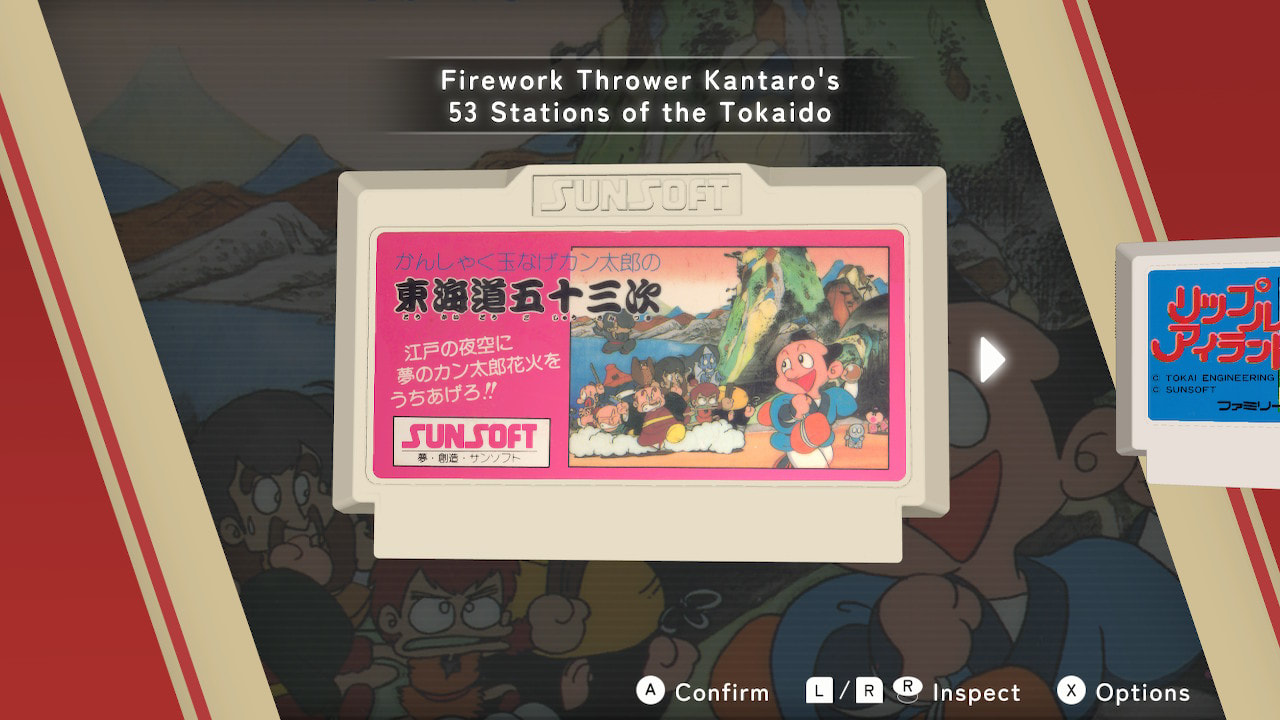

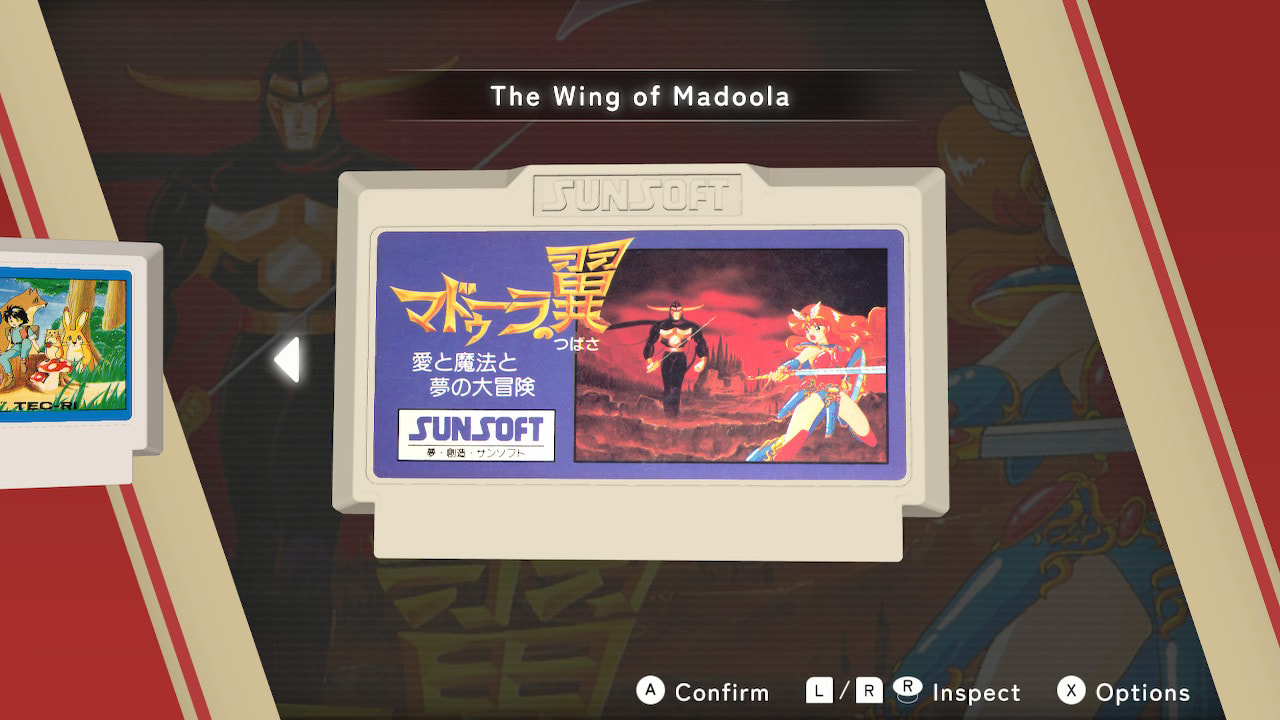
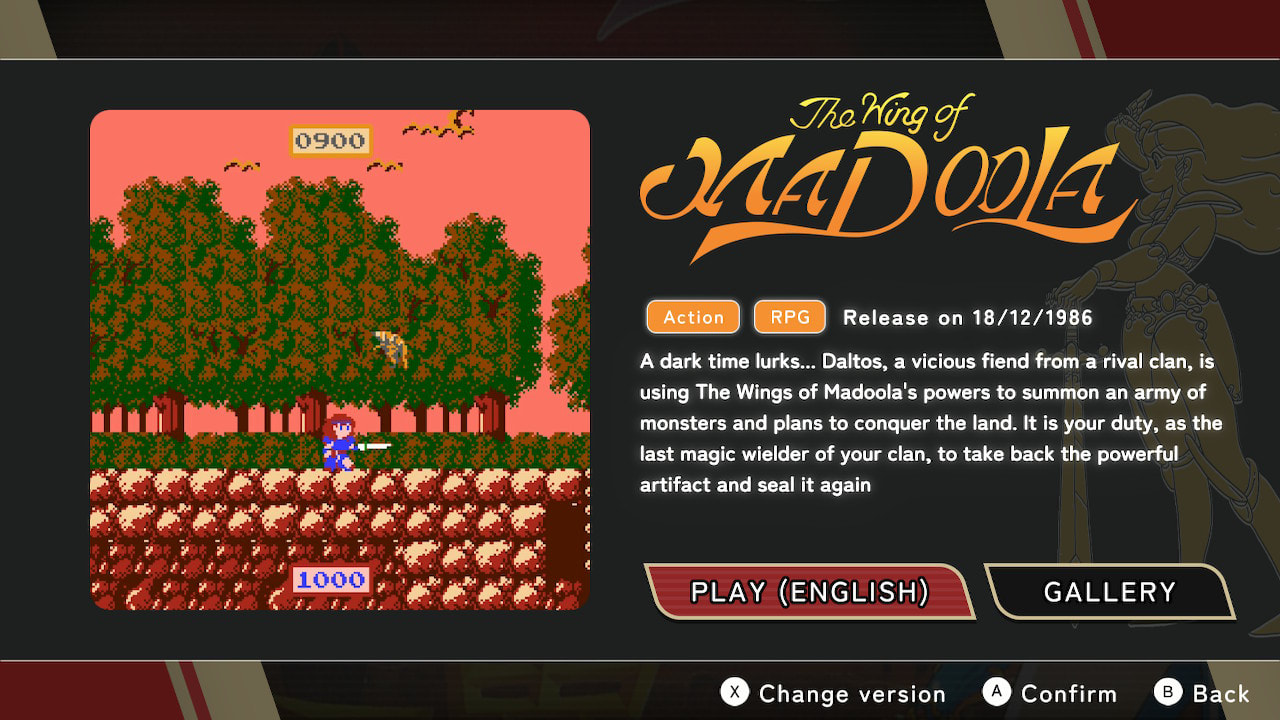
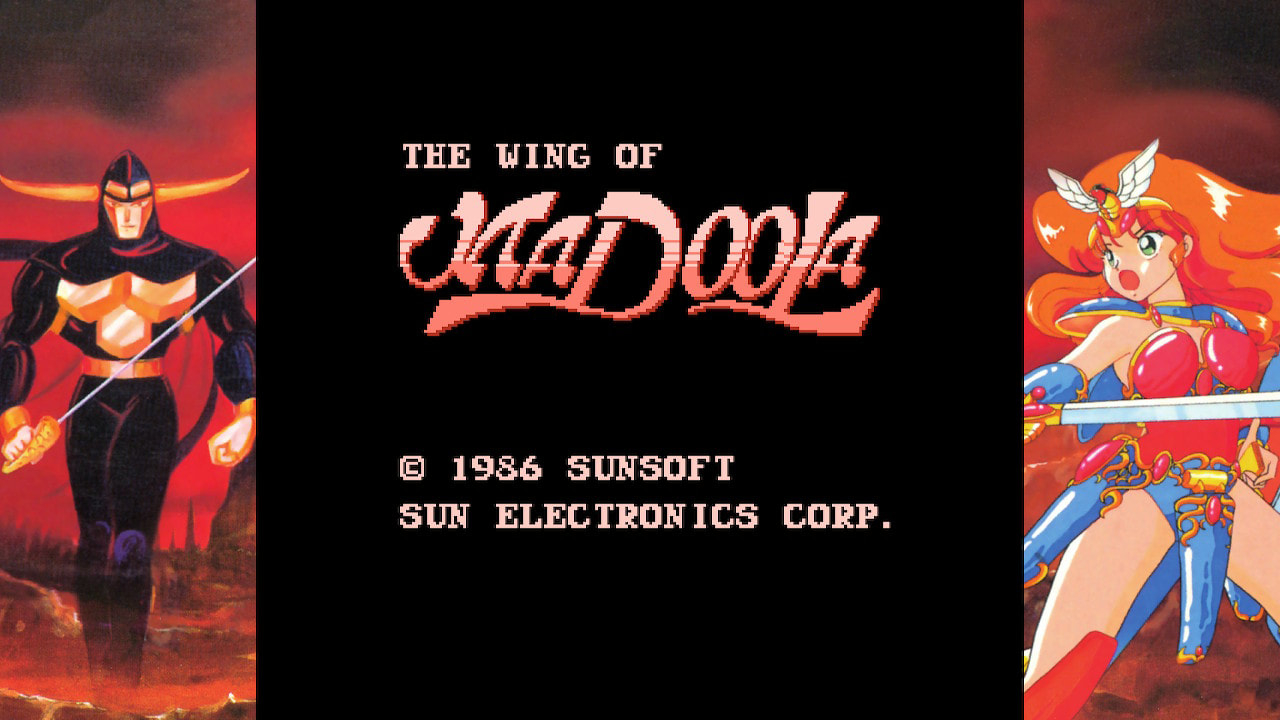
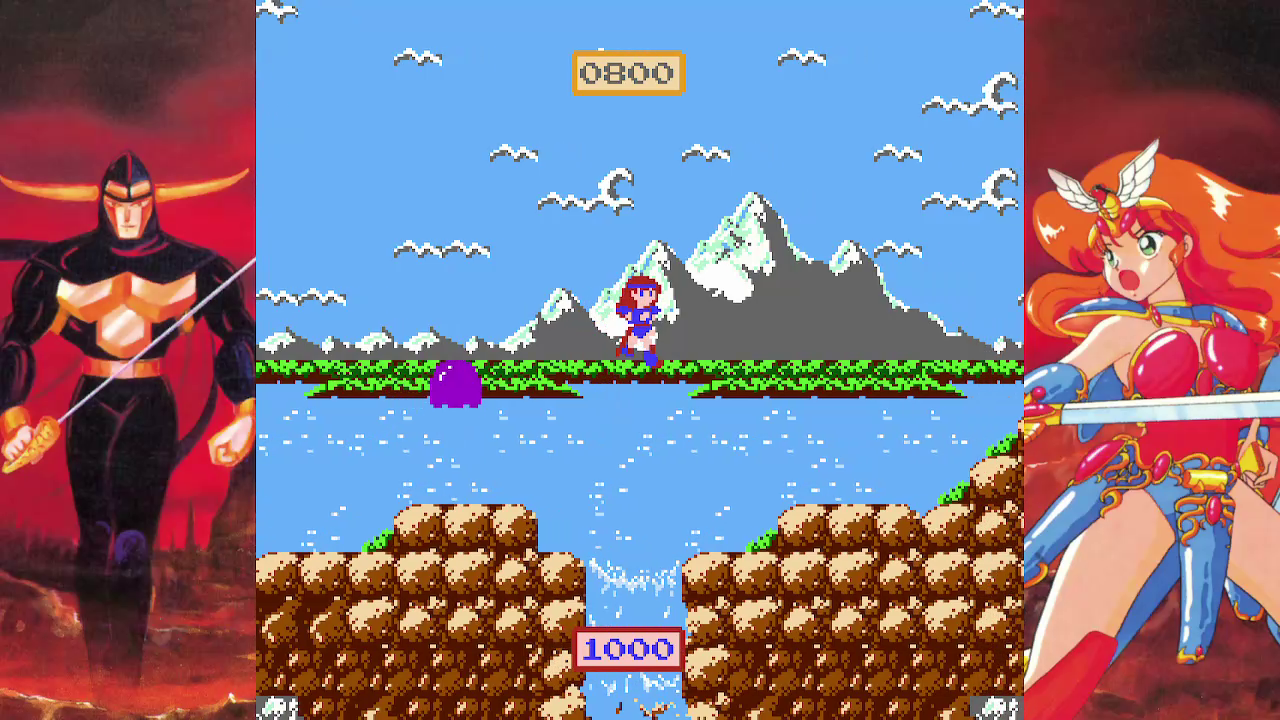
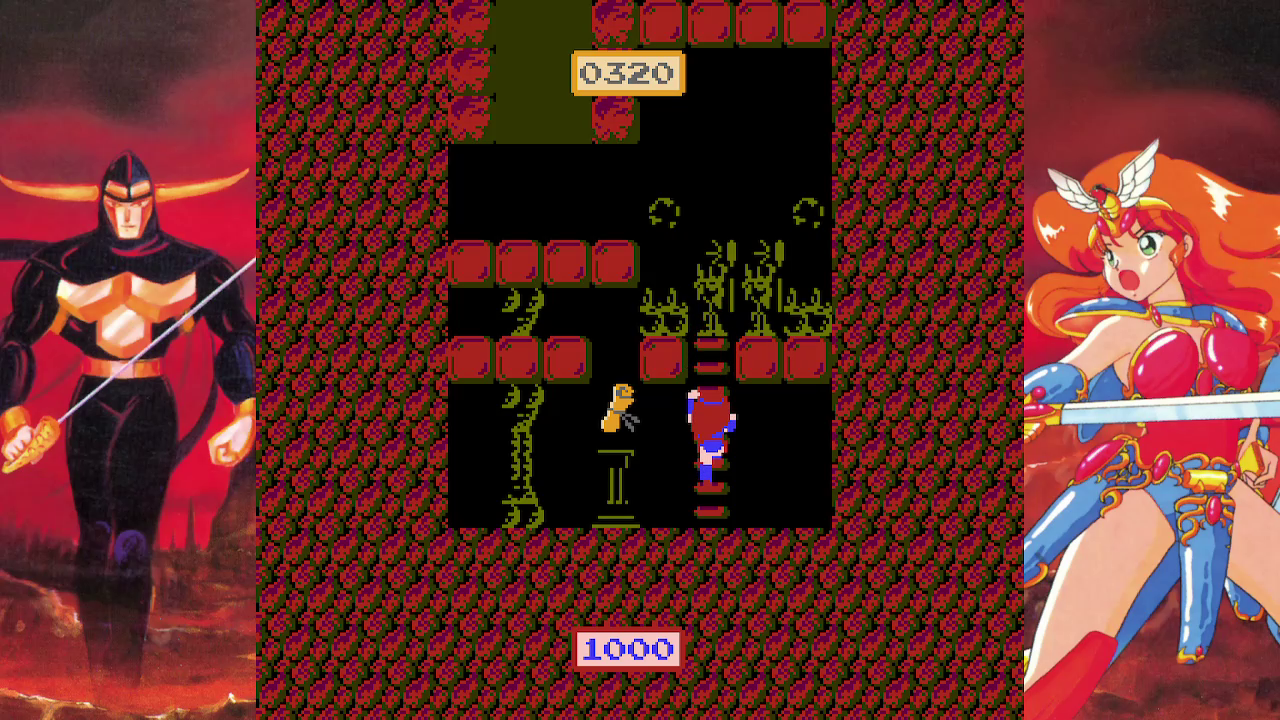


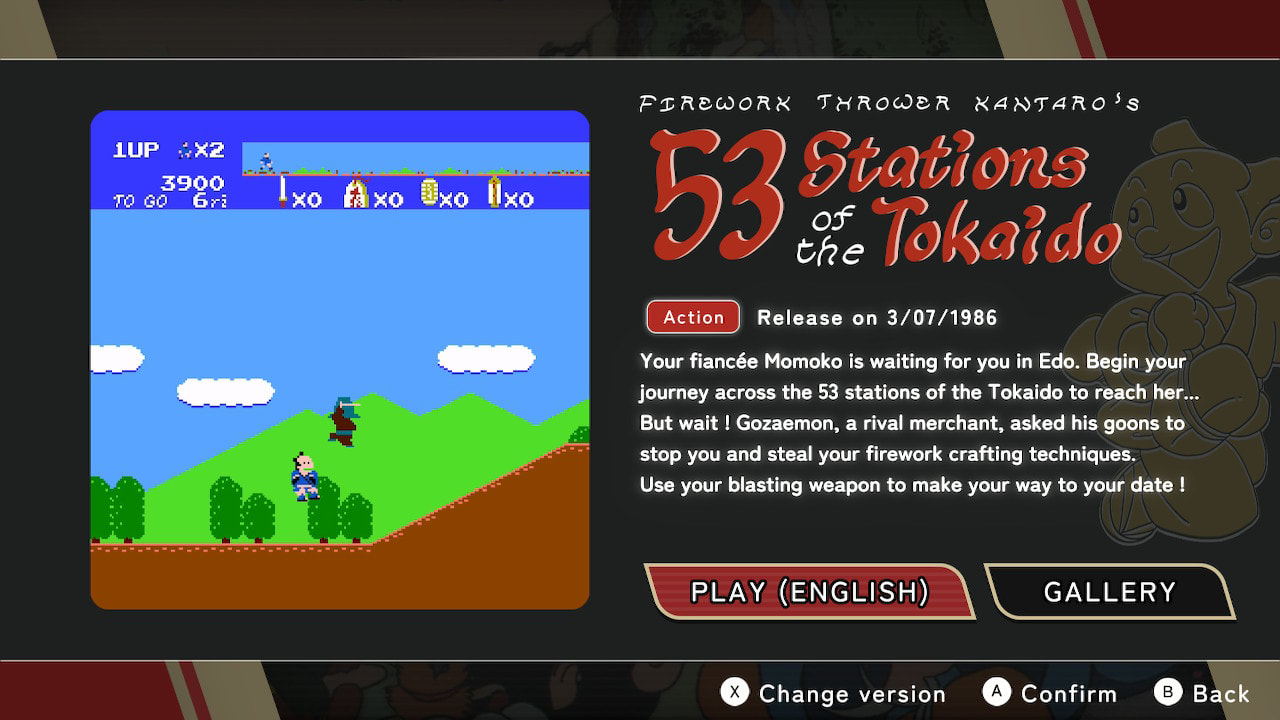


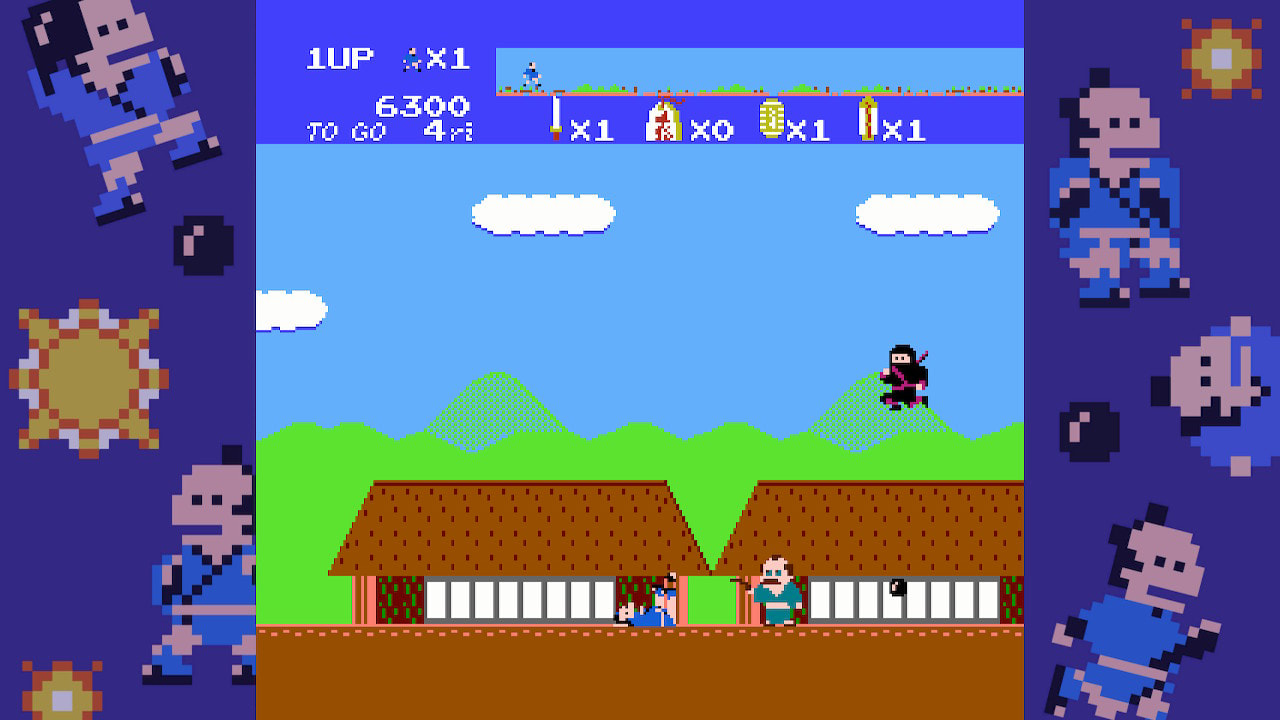
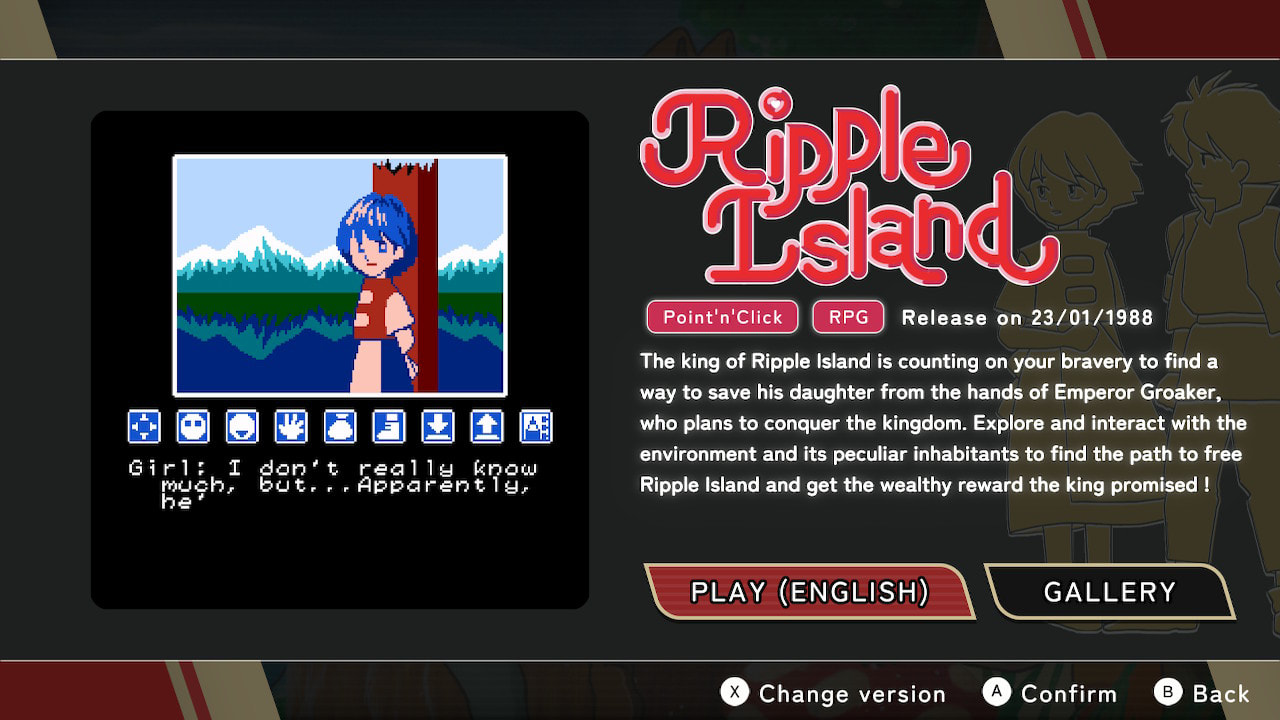
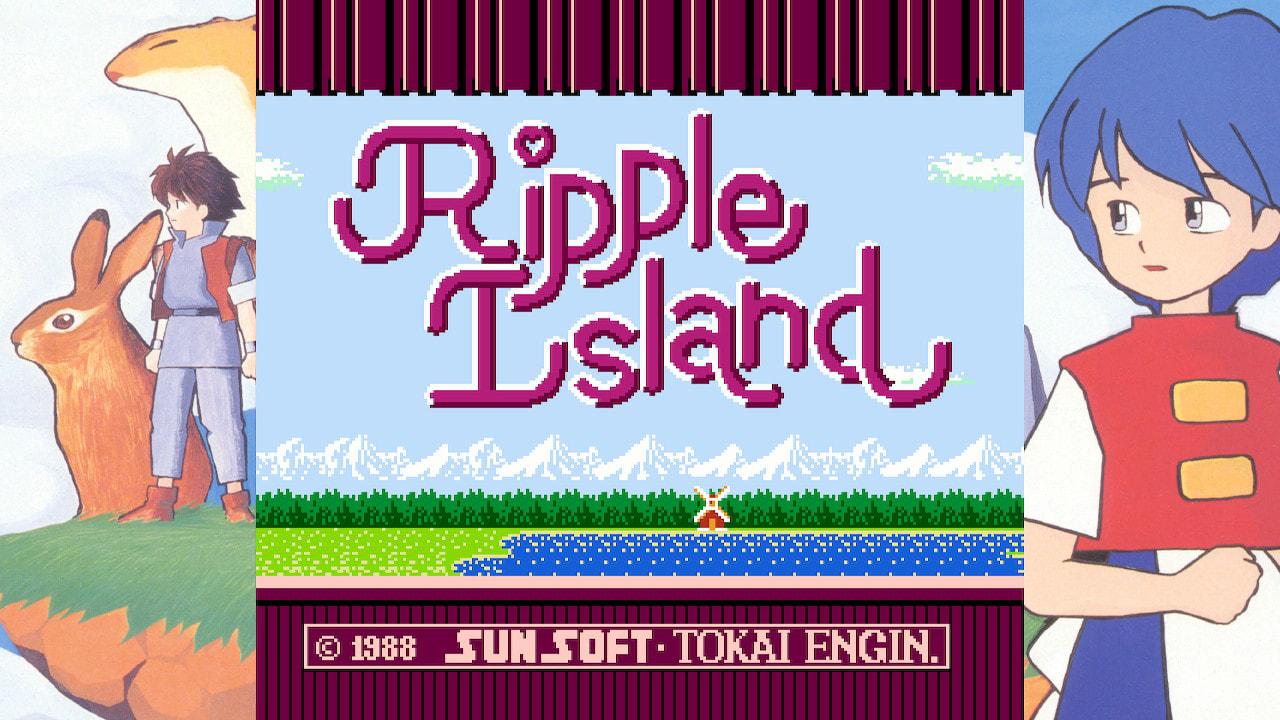
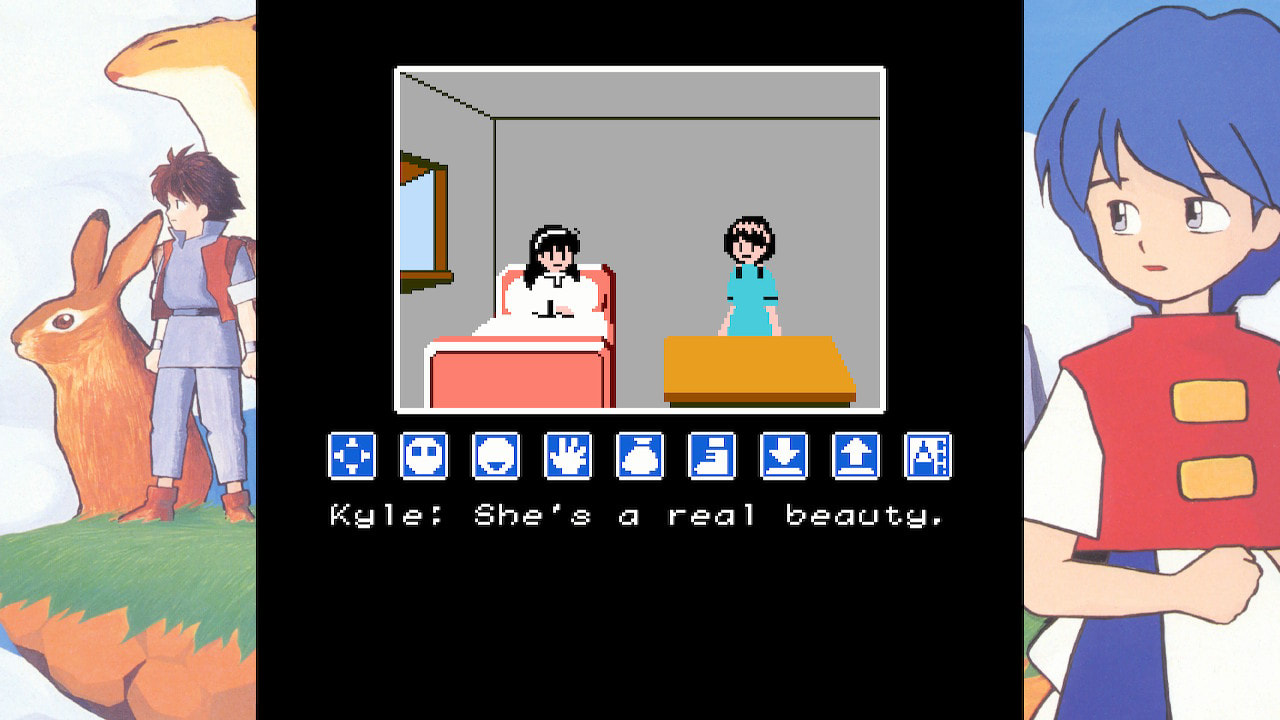

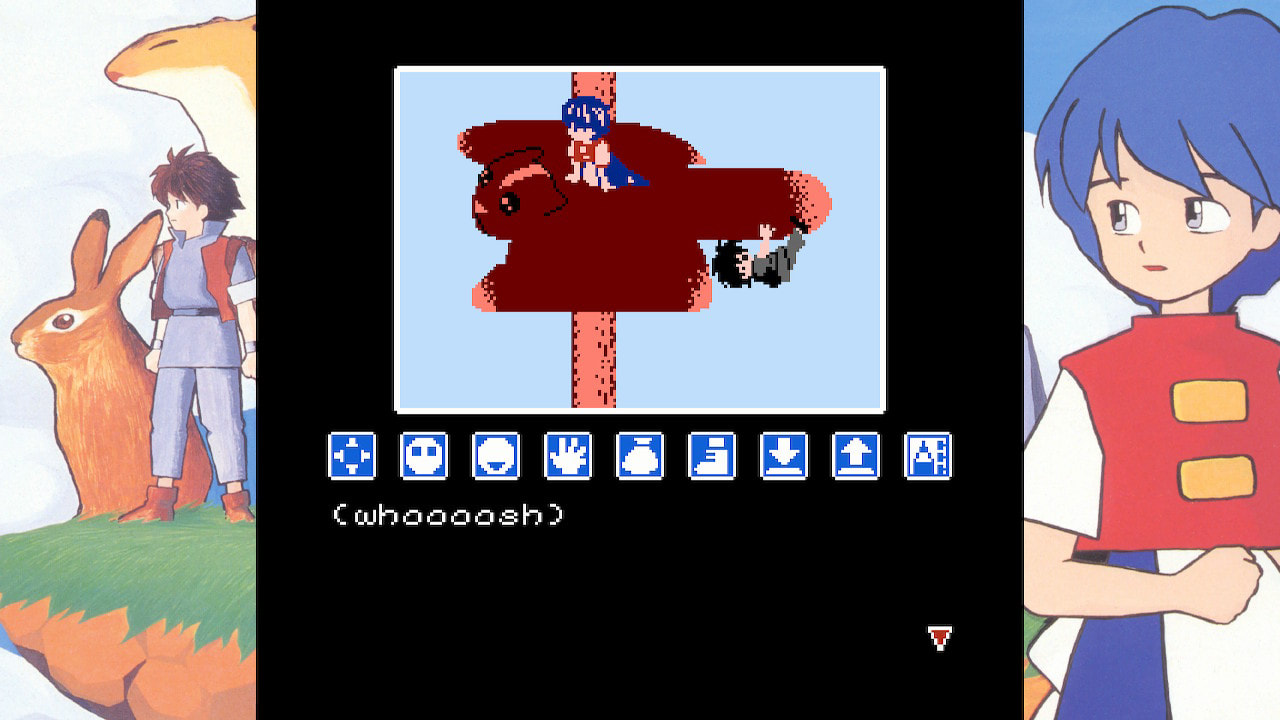


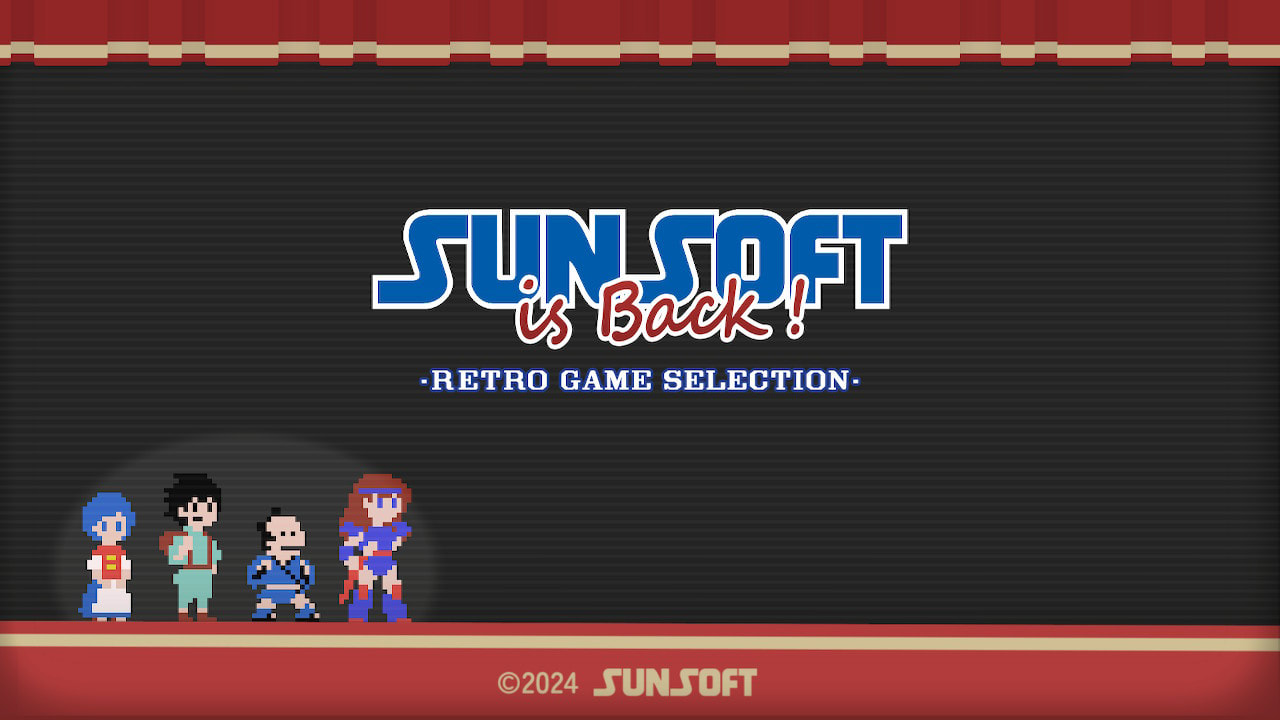
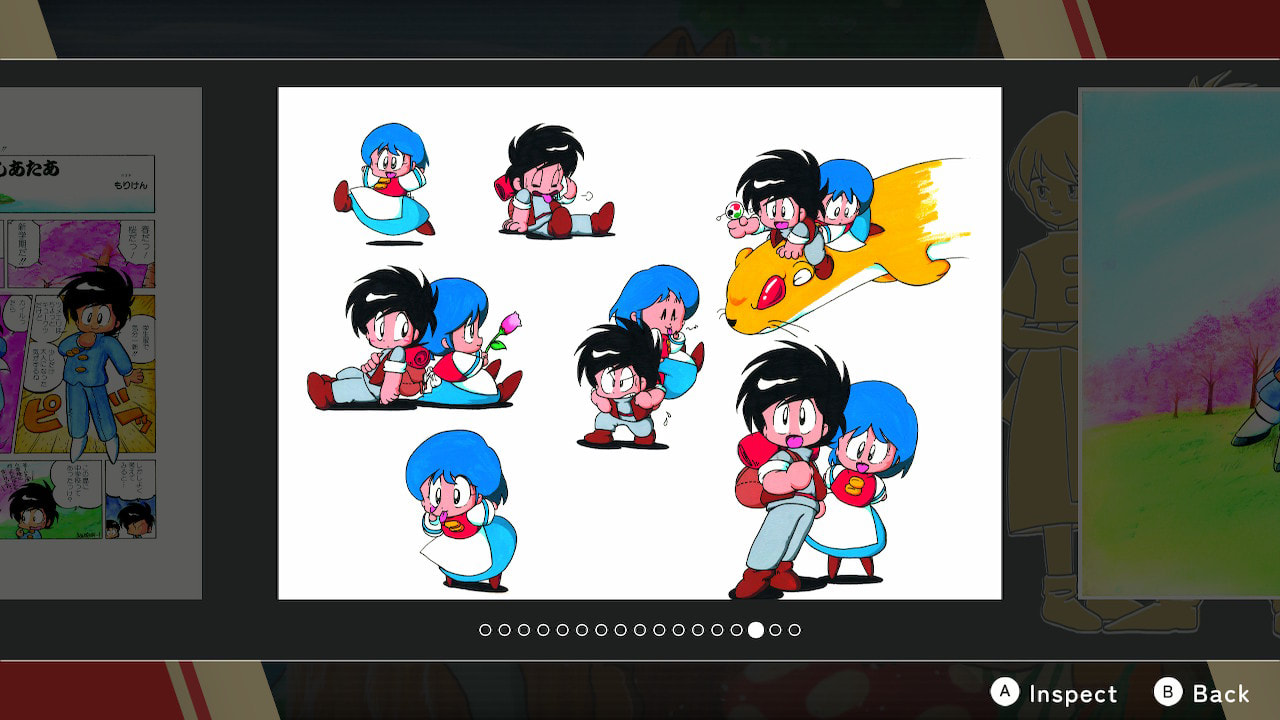
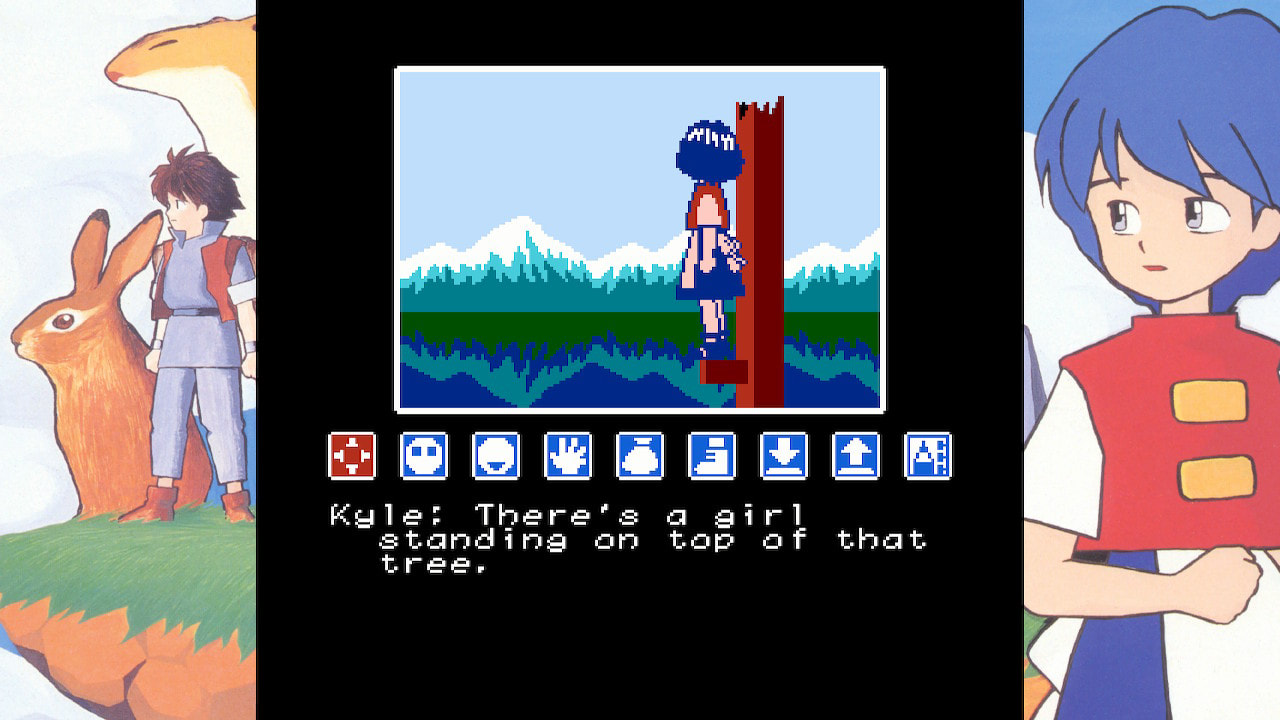

 RSS Feed
RSS Feed